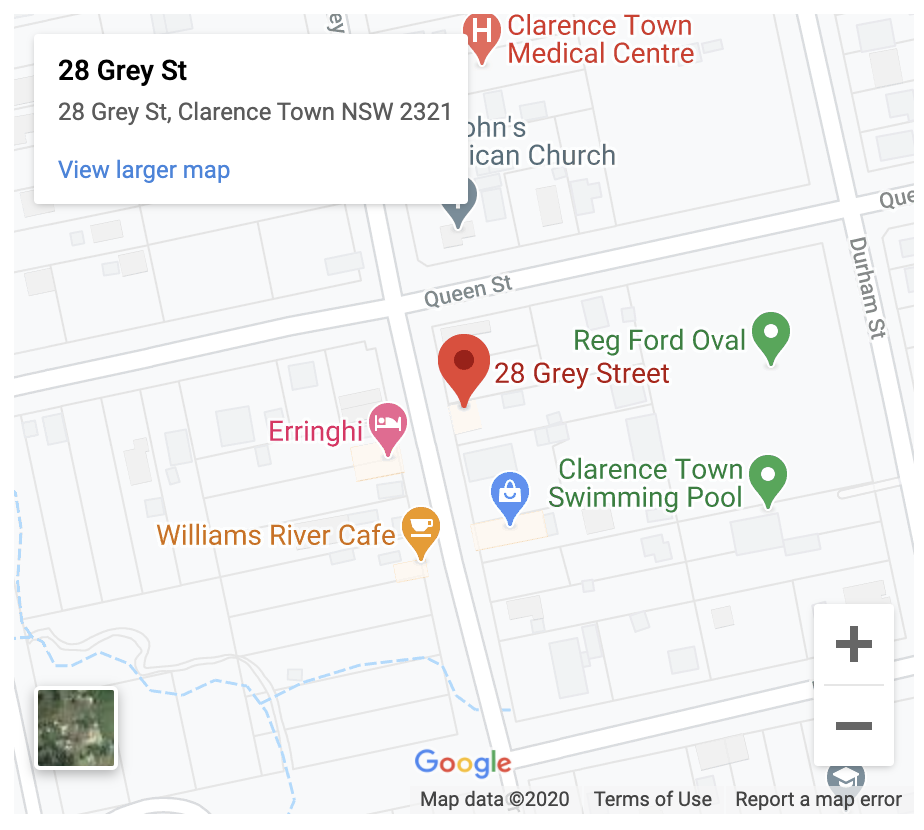If you have any concerns before or after your pet has been desexed, please call us immediately to discuss.
Contact us
Our highly experienced veterinary team perform a number of major and minor surgical procedures within our fully equipped operating theatre.
Desexing or neutering your pet is a surgical procedure that prevents them from being able to reproduce. In male pets it is commonly referred to as “castration”, and in female pets as “spaying”.This is the most frequent surgery performed by our vets, and generally your pet is home by the evening of surgery.
The most common age to desex your pet is between 4 and 6 months, however they are never too old to be desexed.
There are many benefits to desexing your pet before 6 months. They include:
Common questions about desexing
“Will desexing affect my pet’s personality?”
Your pet will retain their pre-operation personality, possibly with the added bonus of being calmer and less aggressive.
“Should my female have one litter first?”
No – it is actually better for her not to have any litters before being spayed.Her risk of developing breast cancer increases if she is allowed to go through her first heat.
“Will it cause my pet to become fat?”
Your pet’s metabolism may be slowed due to hormonal changes after desexing,however this is easily managed with adjusting feeding and ensuring adequate exercise. There is no reason a desexed pet cannot be maintained at a normal weight.
“Is desexing painful?”
As with all surgery, there is some tenderness immediately after the procedure, but most pets will recover very quickly. We administer pain relief prior to surgery and after surgery too.Your pet will be discharged with a short course of pain relief medication to take at home for the first few days after the surgery. In many cases, your pet will likely need some encouragement to take it easy!
“Will my dog lose its “guard dog”instinct?”
No, your dog will be just as protective of their territory as before the surgery.
Make a booking for your pets operation. If your pet is a dog, wash them the day before surgery as they are unable to be washed after until the stitches are removed. Do not give your pet food after 10pm the night before the operation and do not give them any water after 8am on the day of surgery. A blood test may be performed prior to surgery to check vital organ function. The vet will perform a thorough physical examination before administering an anaesthetic. Some pets will require intravenous fluid support during surgery. This will be discussed with you prior to the procedure. To ensure your pet is as comfortable as possible, all pets receive pain relief prior to desexing and to take home for a few days after the procedure.
Keep your pet restrained and quiet as the effects of anaesthetic can take some time to wear off completely. Keeping them quiet is also essential to allow the wound to heal. Food and water should be limited to small portions only on the night after surgery. Follow any dietary instructions that the vet has provided. Ensure all post-surgical medications (if any) are administered as per the label instructions. Ensure your pet’s rest area is clean to avoid infection. Check the incision at least twice daily for any signs of infection or disruption (eg. bleeding, swelling, redness or discharge). Contact the vet immediately if these symptoms appear. Do not wait to see if they will spontaneously resolve. Prevent your pet from licking or chewing the wound. Special cone-shaped collars assist with this problem. A single chew can remove the careful stitching with disastrous effects. Ensure you return to us on time for routine post-operative check-ups and removal of stitches.

Orthopaedic surgery encompasses any surgery that is related to bones or joints. It includes procedures such as fracture repairs, ligament repairs and spinal surgery to name a few.
Our veterinarians’ high level of expertise and our practice’s fully equipped surgical suite allows us to perform certain orthopaedic surgical procedures that your pet may require. These may include:
Complicated orthopaedic cases, such as spinal surgery, will need to be referred to a specialist orthopaedic surgeon. Our veterinarians will assess each case individually and provide the best advice for you and your pet.
Our veterinarians’ high level of expertise and our practice’s fully equipped surgical suite allows us to perform the vast majority of soft tissue surgical procedures that your pet may require. Soft tissue surgery encompasses any surgery that is not related to bones. It includes procedures such as desexing, exploratory laporotomies, caesareans, lump removals, biopsies, wound stitch-ups, removal of intestinal foreign bodies - the list is endless!
A very common soft tissue surgery is the removal of lumps. Some lumps may require a biopsy prior to removal to help understand whether they are cancerous or not. This information assists us in planning the surgery accordingly to give your pet the best possible outcome. Once they have been removed we recommend sending them to our external laboratory for analysis.
Although most lumps are benign (not harmful), a minority are more serious (malignant). In the case of malignant (cancerous) tumours, early removal and an accurate diagnosis is extremely important to maximise the chances of a good outcome.

Ophthalmic surgery is the specific area of pet care involving treatment of an animal’s eyes. For certain breeds, this service also involves the examination and certification of breeding dogs to verify their eyes are in good condition.
Eye examinations require specific equipment, such as an ophthalmoscope (a magnifying light to look into the eye). Our veterinarians may also use a special dye called fluorescein (it glows a green/yellow colour under a UV light) to identify damage to the cornea (the clear layer at the front of the eye). Many eye conditions can be treated medically, however, specific conditions may require surgery.
Our practice is fully equipped to offer the following eye surgeries:
Our veterinarians can also refer your pet to a specialist veterinary ophthalmologist for specialised procedures such as eye ultrasound, vision testing or cataract removal.
Just like humans, our pets are vulnerable to gum disease and problems with their teeth. Alarmingly, 80% of dogs and 70% of cats suffer from some form of dental disease by the age of three.
When there is a build up of bacteria, food particles and saliva on the teeth plaque is formed. Plaque sticks to the tooth surface above and below the gum line and if not removed will calcify into tartar (also known as calculus). This appears as a yellow-brown material on the teeth. Over time the bacterial infection in tartar causes irreversible changes to occur.
These include the destruction of supportive tissues and bone, resulting in red gums, bad breath and loosening of teeth. This same bacterial infection is also a source of infection for the rest of the body (such as the kidney, liver and heart) and can make your pet seriously ill. Ultimately, dental disease results in many pets unnecessarily suffering tooth loss, gum infection and pain. It also has the potential to shorten your pet’s lifespan.
What if my pet has dental disease?
Firstly, you should have your pet's teeth examined by one of our veterinarians on a regular basis and if necessary, follow up with a professional dental clean. Your pet needs to be anaesthetised to carry out a thorough dental examination, and to clean all teeth without distressing them. Once anaesthetised, a complete dental examination is carried out. This process involves charting all present teeth and evaluating their condition, including the degree of tartar, gingivitis (gum inflammation) and any pockets in the gums around the teeth.
Our veterinarians will then remove the tartar above the gumline using a special ultrasonic scaler, just like a dentist uses for our teeth. The teeth are then polished using a dental polisher and specialised fine-grade paste. If the dental disease is not severe, the procedure will end here. However, if certain teeth are so severely affected they cannot be saved, extractions will be necessary. In some cases, gum surgery is required to close the holes left behind when a tooth is extracted, and dissolvable stitches are used for this procedure.
Once all dental work is completed, your pet may be given an antibiotic and an anti-inflammatory injection, the anaesthetic gas is turned off, and your pet is allowed to wake up. Pets are generally able to go home on the same day.
Following a professional dental clean, a plan needs to be implemented to minimise build up of tartar again, and will depend on the severity of your pet’s dental disease. This may involve regular tooth brushing, feeding raw meaty bones and/or a special diet. It is recommended that all pets be examined 6 months after dental cleaning to determine the effectiveness of your dental care routine.
How can I minimise ongoing dental disease?
Long-term control and prevention of dental disease requires regular home care. The best way to begin this is to acclimatise your pet from a young age. Dental home care may include:

Contact us and a member of our team will be in touch
Contact usWe service the following areas:
Clarence Town, Seaham, Glen William, Glen Martin, Glen Oak, Brookfield, Dungog, East Seaham, Eagleton, Nelsons Plains, Wallarobba, Wallalong, Booral, Girvan, Bulladelah, Stroud, Limeburners Creek, Hilldale, Gresford, Vacy, Duns Creek, Allworth, Hawks Nest, North Arm Cove, Pindimar, Karuah, Swan Bay. Paterson, Butterwick and The Maitland area.
